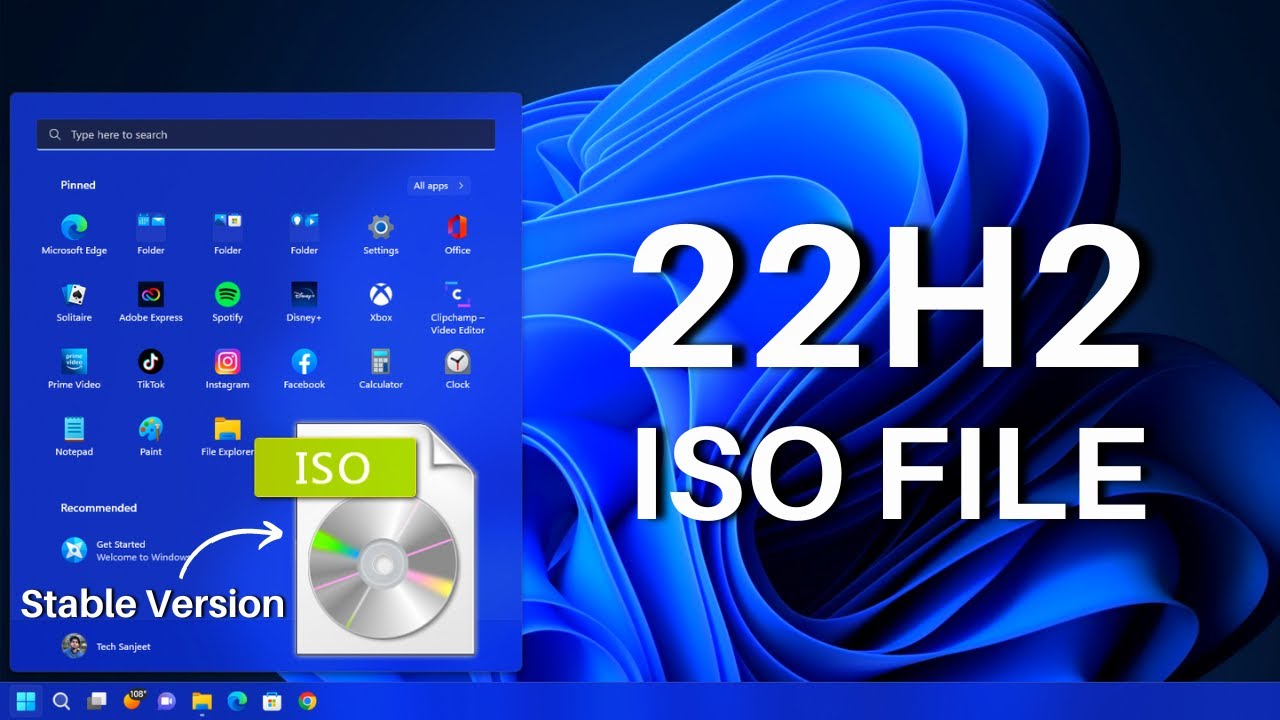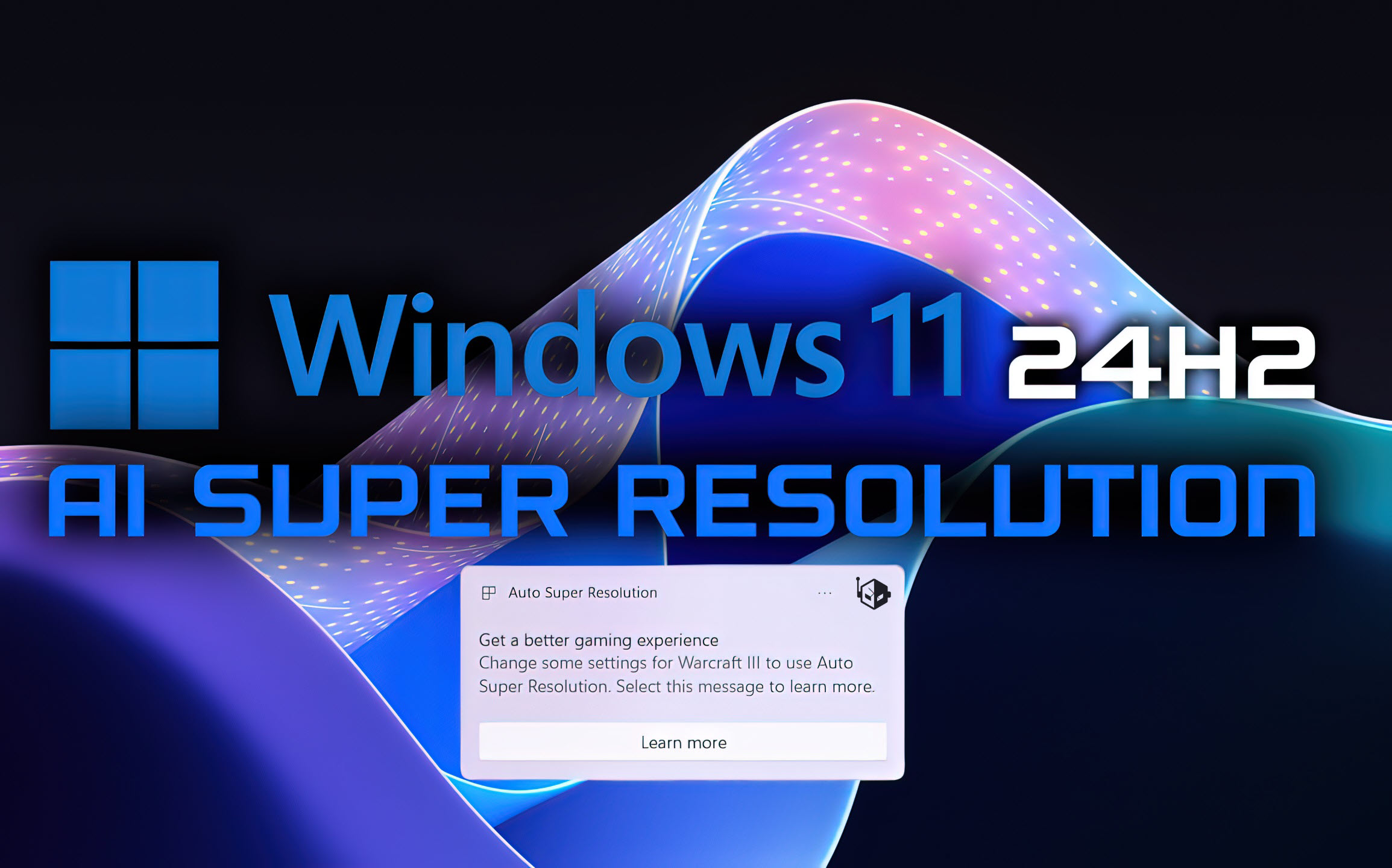Windows 11 ISO: A Comprehensive Guide to Installation and FAQs
Windows 11 ISO is a crucial component in the realm of operating systems, and understanding its significance is vital for users looking to install Windows 11. This article aims to provide a comprehensive guide on installing Windows 11 ISO, ensuring that readers have all the necessary information to successfully complete the installation process. By following the MECE (Mutually Exclusive, Collectively Exhaustive) Framework approach, this article covers all aspects of Windows 11 ISO installation.

Understanding Windows 11 ISO
Windows 11 ISO refers to the disk image file that contains all the necessary files and data for installing Windows 11 on a computer. It allows users to create a bootable media, such as a USB drive or DVD, which can be used to install the operating system. The benefits of using Windows 11 ISO include the ability to perform a clean installation, easily upgrade from previous versions, and have a backup copy of the installation media.
Compared to other installation methods, Windows 11 ISO provides more control over the installation process and allows for customization options. It also ensures a more reliable and stable installation, as the ISO file contains the complete operating system package.
Preparing for Windows 11 ISO Installation
System Requirements
Before installing Windows 11 using ISO, it is essential to ensure that your computer meets the minimum system requirements. These requirements include a compatible processor, sufficient RAM, and available storage space. Meeting these requirements is crucial for optimal performance and to avoid any compatibility issues with the operating system.
Downloading Windows 11 ISO
To begin the installation process, you need to download the Windows 11 ISO file from the official Microsoft website. Follow these step-by-step instructions to download Windows 11 ISO:
Visit the official Microsoft website.
Navigate to the Windows 11 download page.
Choose the desired edition and language of Windows 11.
Click on the “Download” button to initiate the download.
During the download process, ensure that you have a stable internet connection and sufficient storage space available on your computer.
Creating Bootable Media
Once the Windows 11 ISO file is downloaded, you need to create a bootable USB drive or DVD to install the operating system. There are several tools available, such as Rufus or the Windows USB/DVD Download Tool, that can assist in creating a bootable media. Follow the instructions provided by the chosen tool to create the bootable media successfully.
Installing Windows 11 using ISO
Booting from the Bootable Media
Before installing Windows 11 using the ISO file, you need to boot your computer from the bootable USB drive or DVD. To do this, follow these steps:
Insert the bootable USB drive or DVD into your computer.
Restart your computer.
Access the BIOS or UEFI settings by pressing the designated key during startup (often F2, F10, or Del).
Navigate to the “Boot” or “Boot Priority” section.
Change the boot order to prioritize the USB drive or DVD.
Save the changes and exit the BIOS or UEFI settings.
Once your computer restarts, it should boot from the bootable media, and the Windows 11 installation process will begin.
Windows 11 Installation Process
During the Windows 11 installation process using the ISO file, follow these steps:
Choose your language, time, and currency preferences.
Click on the “Install now” button.
Enter the product key if prompted (or choose the option to activate later).
Accept the license terms and click “Next”.
Select the installation type (e.g., upgrade or custom).
Choose the disk or partition where you want to install Windows 11.
Follow the on-screen instructions to complete the installation process.
It is important to note that during the installation process, your computer may restart multiple times. Ensure that you do not interrupt the process and allow it to complete uninterrupted.
Post-Installation Setup and Configuration
Once the Windows 11 installation is complete, there are a few essential steps to take for post-installation setup and configuration:
Set up your user account by providing the necessary information.
Choose your privacy settings based on your preferences.
Customize the appearance and personalization options of Windows 11.
Install necessary drivers and software for optimal performance.
Update Windows 11 to ensure you have the latest security patches and feature updates.
By following these steps, you will have successfully installed Windows 11 using the ISO file and completed the initial setup and configuration.
Frequently Asked Questions
What are the system requirements for installing Windows 11 using ISO?
The minimum system requirements for installing Windows 11 using ISO include a compatible 64-bit processor, 4 GB of RAM, and 64 GB of storage. However, it is recommended to have a 64-bit processor with at least 1 GHz clock speed, 8 GB of RAM, and 128 GB of storage for optimal performance.
How can I download Windows 11 ISO?
To download Windows 11 ISO, visit the official Microsoft website and navigate to the Windows 11 download page. Choose the desired edition and language of Windows 11, and click on the “Download” button to initiate the download.
What are the benefits of using Windows 11 ISO for installation?
Using Windows 11 ISO allows for a clean installation of the operating system, enables easy upgrading from previous versions, and provides a backup copy of the installation media. It also offers more control over the installation process and customization options.
I encountered an error during the Windows 11 installation using ISO. What should I do?
If you encounter an error during the installation process, ensure that your computer meets the system requirements and that the ISO file is downloaded correctly. Check for any compatibility issues with your hardware. If the error persists, try creating a new bootable media and reinstalling Windows 11.
Can I upgrade from Windows 10 to Windows 11 using ISO?
Yes, you can upgrade from Windows 10 to Windows 11 using ISO. During the installation process, choose the option to upgrade, and follow the on-screen instructions. It is recommended to back up your important files before upgrading.
How long does the Windows 11 installation process using ISO take?
The duration of the installation process may vary depending on your computer’s hardware and the complexity of your setup. On average, it can take around 30 minutes to a few hours. It is important to be patient and allow the installation process to complete without interruption.
Conclusion:
In conclusion, installing Windows 11 using ISO provides users with greater control, customization options, and a reliable installation process. By following the steps outlined in this comprehensive guide, you can successfully install Windows 11 using the ISO file and configure the operating system to your preferences. The MECE Framework approach ensures that all aspects of the installation process and frequently asked questions are covered, providing you with a complete understanding of Windows 11 ISO installation. Remember to check the official Microsoft website for any updated information and guidelines during the installation process. Enjoy the new features and enhanced performance of Windows 11!




